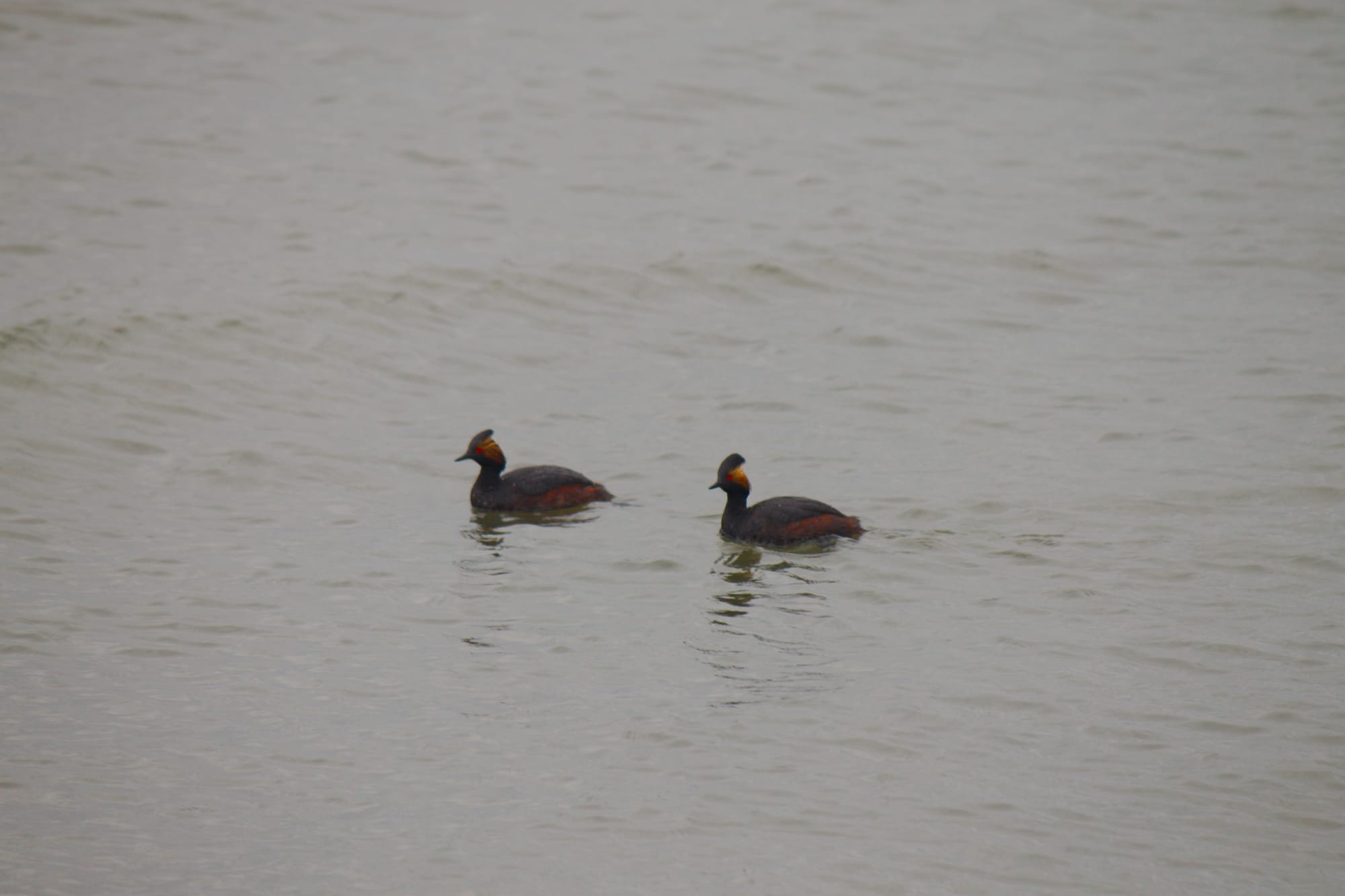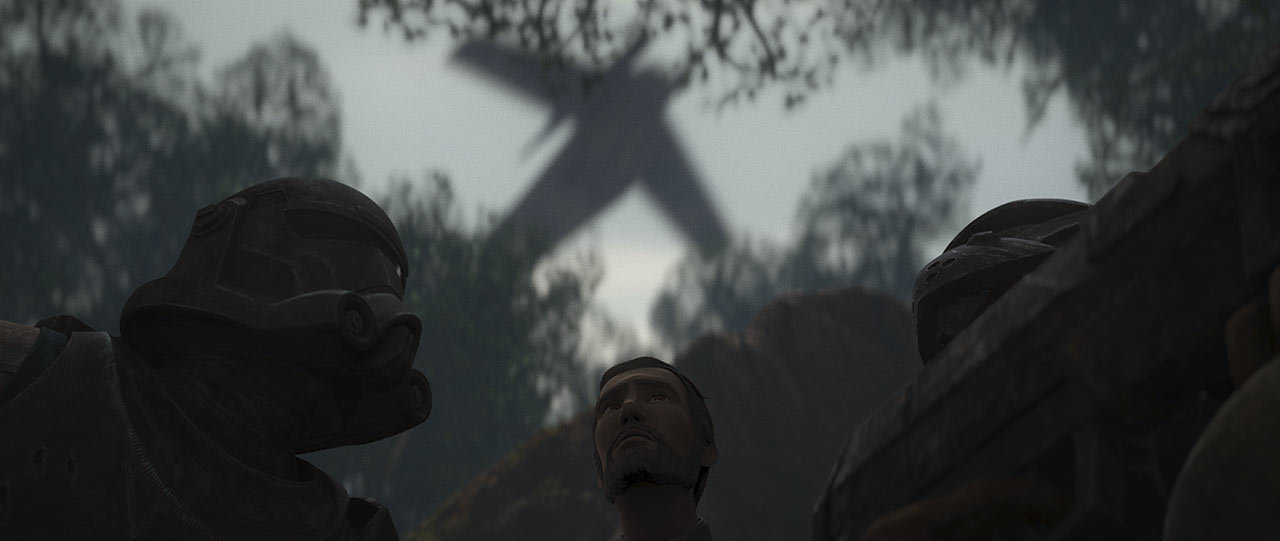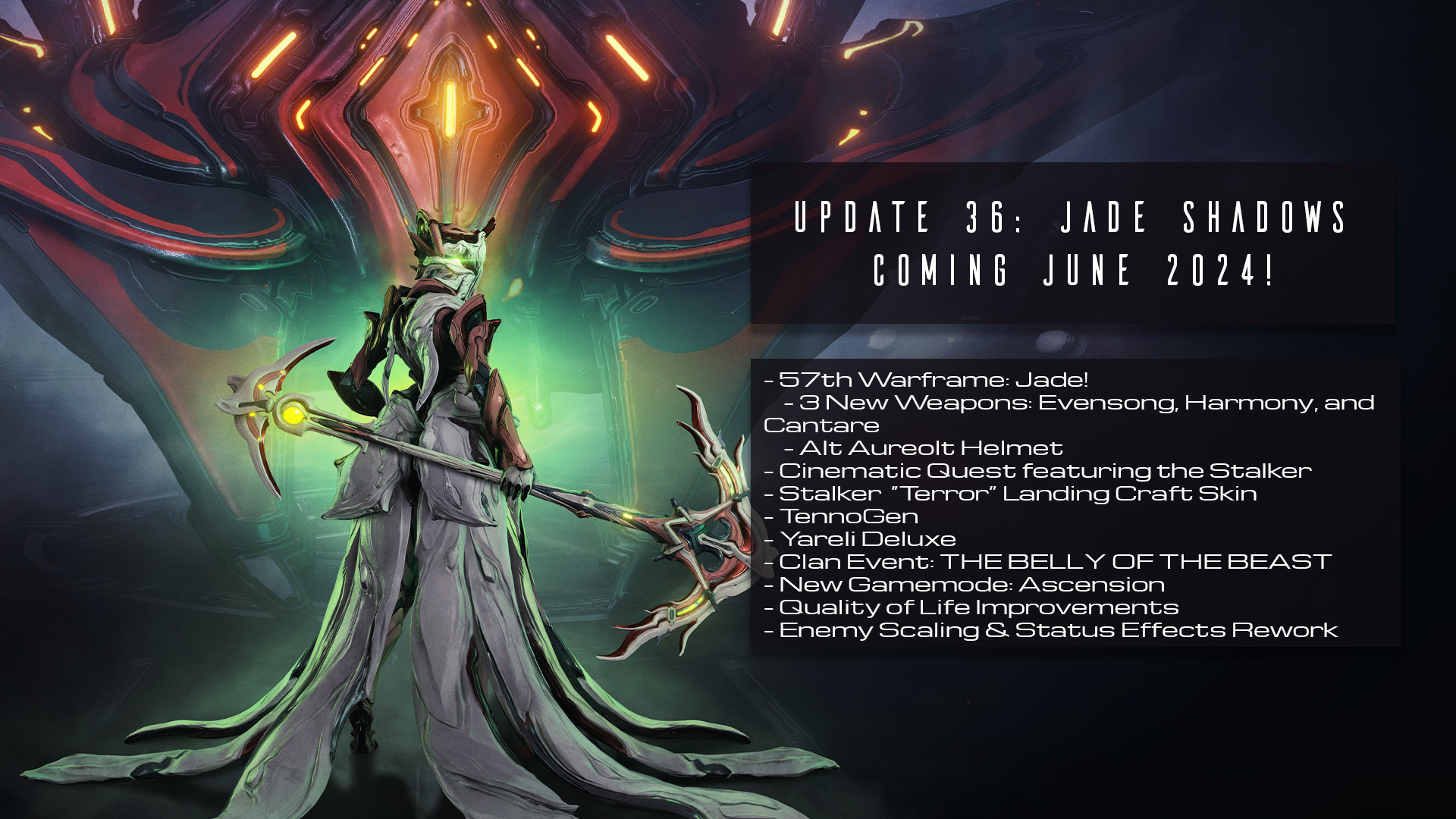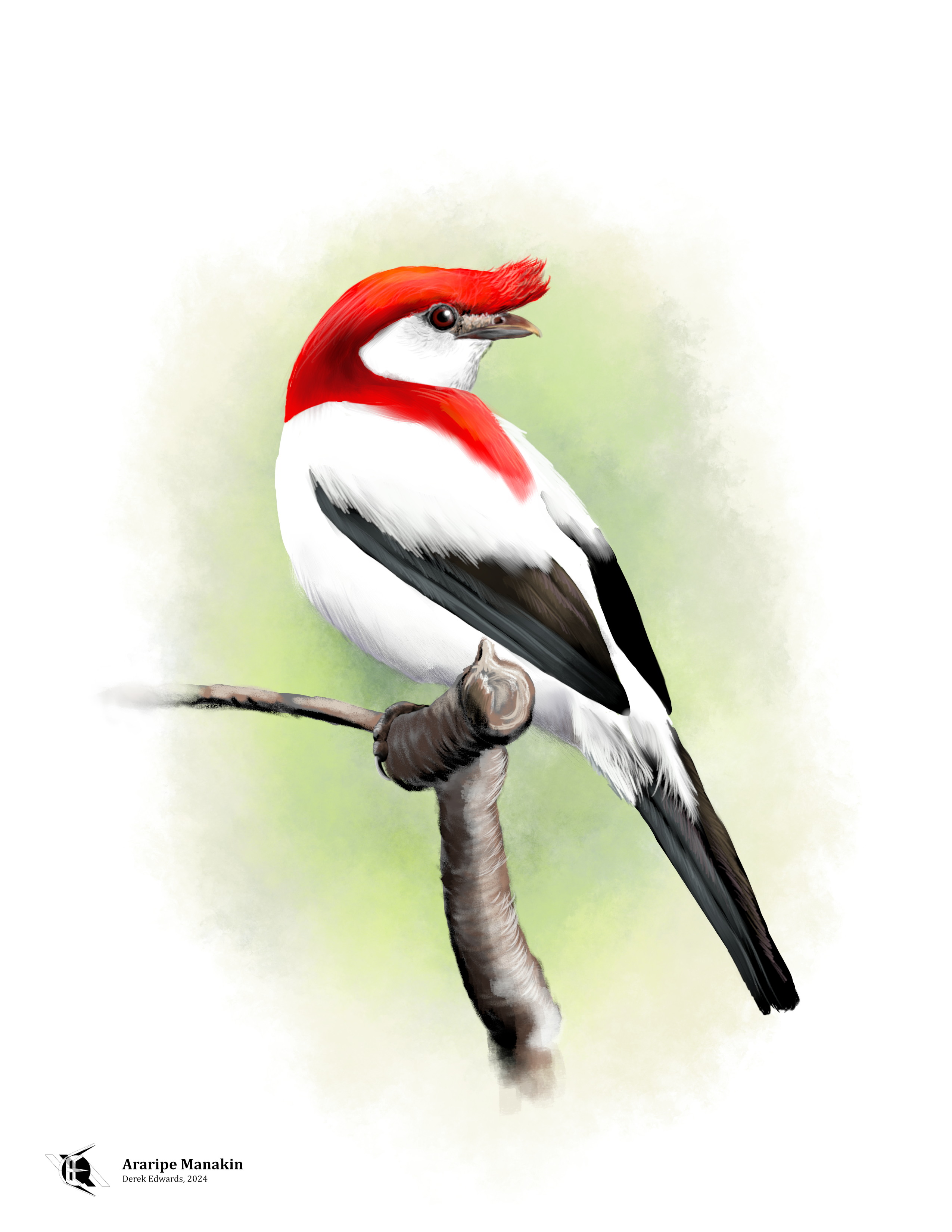
Running Commentary 4/29/2024
Hello,
We had some seriously strong storms roll through Michigan the week before last, and the front seems to have swept in some western birds into the Great Lakes region. There were American avocets in Chicago, a western tanager near the campus of Michigan State University (which I went looking for but didn't see), and some horned and eared grebes that showed up near Muskegon (which I went looking for and did see.)


Horned Grebe (left) and Eared Grebes (right) | Photos by Derek Edwards
I've seen a horned grebe once, during winter migration, but that one was in its black-and-white off-season plumage, not the nice golden-crested breeding plumage. In total I saw two or three horned grebes and nine eared grebes. One of these will be the Bird of the Week next week, so stay tuned.
Anyway...
Watching...

The Bad Batch
- The series is almost over. I expect next episode might be a little long. Not feature length but longer than 20 minutes. The title is "The Cavalry Has Arrived", so I'm guessing Rex and some others are going to show up and help. Maybe Wolfe too? Echo kept going back to that console onboard the science ship, I imagine trying to send out word of where Tantiss is.
- I did like that, immediately, the Empire knew that the Batch were on Weyland. Like I said last week, Tantiss is, we've been told over and over, the most tightly secured place in the Empire, and you shouldn't be able to just slip in like they were trying to do.
- Rampart gets caught. It's a pity that they didn't have time to drop him off somewhere first; by the time he's on Weyland, it's inevitable that he'd get caught. He's not an elite commando. We'll have to see if the Batch rescue him.
- Speaking of, Noshir Dalal did a great job with Rampart's screams when he's thrown out into the jungle.
- Omega found the Zillo Beast, and as soon as I saw it, I knew at least a bit of how the finale will go. If you want to cover an escape, letting a Zillo beast loose is the way to do it.
- That little furry kid seems to be doing well, all things considered.
- Emerie does indeed seem to be ready to help the Batch. Again, I appreciated that she recognized Echo. His performance really shouldn't have fooled anyone.
Playing...

Warframe
DevStream #179 seemed to mostly be telling us that we'll be getting real answers about the next update next month in DevStream #180, but we at least got a general overview of what'll be coming in "Jade Shadows". There'll be something exploring the Stalker's origins, and a new warframe: Jade. We haven't seen her abilities yet but she was described as an angelic "choral" themed 'frame (the third sound-based frame after Banshee and Octavia) and a counterpoint of sorts to Stalker. Fittingly, she'll come with signature bow, thrown blade, and scythe weapons. She'll also have a "closed" and "open" state that affects her look, similar to Gauss and Gyre. The update will also bring a new gamemode, a Stalker-themed landing craft skin, and a clan event, along with some changes to the game overall.
First of these will be a fix to the weird neck stretch that happens to frames that turn their heads to far to the side. I honestly hadn't noticed this until now, but it was apparently more noticeable on the semi-human "protoframes" in the upcoming 1999 quest, so they fixed it.
Second, and more important as far as the game goes, there are set to be some big changes to enemy difficulty. A cap of 90% damage reduction will be imposed on enemy armor, and adjustments to make partial armor strip actually meaningful in reducing enemy survivability. Enemy health and shield regen (where applicable) will be boosted to compensate at high levels, but overall the aim seems to be to break the complete reliance on corrosive damage on high-level gameplay. I just hope that the era of complete bullet sponges is coming to a close.
Also as part of this, enemy damage resistance/weakness is going to be simplified to be the same across factions, rather than be unit-by-unit with general faction-based trends as is the case now. End-game players will probably notice this less than new players, who will appreciate less confusion about what gear to bring and how to mod it.
Blast, cold, gas, and magnetic status procs are due to be buffed to bring them in-line with toxic, viral, and corrosive damage, though full details are still forthcoming. Cold procs will get a more powerful freeze effect, we know thus far.
Overall I'm optimistic about the changes to enemy survivability. I don't think this will be a simple enemy nerf, but, as I said, there's a lot of bullet sponges in this game, especially at higher levels, that demand full armor strip, and there are a lot of status effects basically never worth building around, and if those two problems get fixed well, I'll be quite happy.

Bird of the Week
This week we have a bird which I've already featured, but which I've since re-drawn (using the same composition but completely re-doing it digitally). I've also re-written and expanded my write-up of the species, which I originally wrote for the June 6th, 2021 edition of A Running Commentary.
In northeastern Brazil, there is a strange sort of land called "caatinga". It is the only sort of biome found exclusively in Brazil, and might be best described as a non-barren desert, arid land full of cacti and thorny shrubs. For the bulk of the year, no rain falls on the caatinga, and the plants htere lose their leaves, their bare sticks left shinign in the sun, giving the biome its name, Tupí-Guarani for "white forest".1 Parts of the caatinga are dominated by large plateaus (chapadas in Portuguese) such as the Chapada do Araripe. These influence the live in the caatinga, producing someplace even stranger. When rain falls on the plateau, it collects in underground pools that slowly seep outward until the water emerges as springs coming out of the slopes. These springs feed a belt of not-quite-rainforest that grow around the plateau, an oasis of green in the white forest.2 It is here, and only here, in a square kilometer patch of humid woods on the side of the Chapada do Araripe, that you can find today's bird: the Araripe Manakin.
The manakins are a family of songbirds found throughout the tropical forests of Latin America. They are known for their males' flashy colors and courtship displays; the Araripe manakin will reportedly raise his wings and tail straight up when displaying for a female. Male Araripe manakins (like the one I've drawn) are white with black flight feathers and a bright red reverse-crest which they share with their close cousins, the more widespread and otherwise all-black helmeted manakin. Females also have the strange crest of feathers, but they are all-over olive green in color.
The Araripe manakin was first described in 1998 by Weber de Girao e Silva, who first saw the bird in 1996 when he and his professor went to the chapada.2,3 The townspeople and farmers in the area already know of the bird, associating it with the springs and believing that if one was angered, the water would stop flowing. The water still flows at Araripe, but it often now flows into collection pipes, most of these leading to nearby banana farms. In the years since his discovery, Silva has become an advocate for conserving water for the manakin's small home forest, serving as the manager of the Araripe Oasis Project for Aquasis, a Brazillian water conservation non-profit.4 There are estimated to be fewer than one thousand Araripe manakins presently living.
Silva named the bird Antilophia bokermanni, in honor of Werner Bokermann, a Brazilian ornithologist and herpetologist who had died the year before the discovery and who was himself a great discoverer of new species.5 The genus name, first applied to the helmeted manakin by Ludwig Reichenbach, comes from the Latin for "forelock".6 In recent years there has been a movement to fold Antilophia into the genus Chiroxiphia (meaning "dagger", in reference to its members sharp tails) based on a lack of genetic differences between the genera's members.7 At time of writing, eBird lists the Araripe manakin as A. bokermanni, while Wikipedia lists it as C. bokermanni.
- Woodward, Susan L. "Caatinga", Biomes of the World. n.d. Radford University. https://php.radford.edu/~swoodwar/biomes/?page_id=1874
- Axelson, Gustave. “The Araripe Manakin, Keeper of the Spring Waters.” Living Bird Magazine, 2018. https://www.allaboutbirds.org/news/the-araripe-manakin-keeper-of-the-spring-waters/.
- Coelho, G. & Silva, W. "A new species of Antilophia (Passeriformes: Pipridae) from Chapada do Araripe, Ceará, Brazil." 1998. Ararajuba 6(2): 81–84
- ONG Aquasis. “OÁSIS ARARIPE | Aquasis,” n.d. https://www.aquasis.org/oasisararipe?lang=en.
- Santos, Antonio Silveira Ribeiro dos. "In memoriam: Werner C. A. Bokermann." 1995. Boletim Centro de Estudos Ornitológicos.
- Jobling, J. A. (editor). The Key to Scientific Names in Birds of the World (S. M. Billerman et al. editors), Cornell Laboratory of Ornithology, Ithaca.
- “Proposal 975 to the South American Classification Comittee: Merge Antilophia Into Chiroxiphia,” n.d. https://www.museum.lsu.edu/~Remsen/SACCprop975.htm.
Curation Links
“She’s Bouncing the Ball!” | David Toomey, LitHub
Excerpt from Toomey’s Kingdom of Play: What Ball-Bouncing Octopuses, Belly-Flopping Monkeys, and Mud-Sliding Elephants Reveal about Life Itself; a story of how researchers have discovered the capacity for playfulness in octopi.
The History of the American Shopping Cart | Jonathan Dale, The Takeout
Well, the title sort of just says what this is: a history of shopping carts, a critical component of the supermarket shopping experience. They got their start in 1937 in Oklahoma, and have developed incrementally from there.
Most People Don't Know How Bikes Work | Derek Muller, Veristitium
[VIDEO] We don’t fully understand how bikes work, at least not at the conscious level. We know that they work, and we can operate them deftly with a bit of practice, but actually fully describing how they work, without glossing over any detail, is still and ongoing effort on the part of scientists and engineers. Here, Muller demonstrates how the ability to turn the front wheel in either direction is a critical part of riding a bicycle, even when traveling straight ahead. (11 minutes)
The Ferns and the Fiddleheads | Leah Ning, Apex Magazine
[FICTION] “When Noor was little, she clipped golden bouquets from Mama’s hair. Papa’s skin was still clear then. Noor stopped clipping when the severed stems wept red instead of clear, sticky-slippery sap.”
See the full archive of curations on Notion






Member Commentary